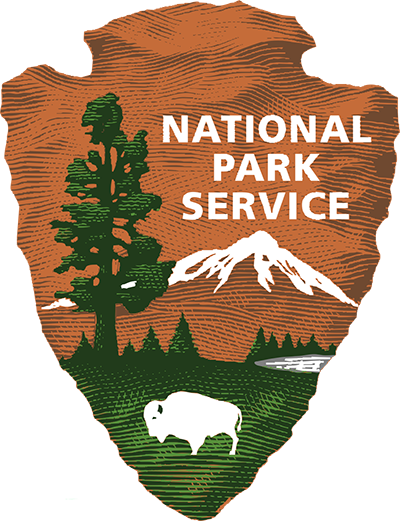Prohibition & Temperance

Prohibition and temperance in the Champlain Valley were part of large and complex social dynamics, including woman suffrage and abolitionism.
Temperance, the prohibition of alcohol, and smuggling have a long and intertwined history in the Champlain Valley. The CVNHP and its partners will be commemorating the 18th amendment and the legacy of prohibition in the Champlain Valley in 2021.
Corridor of Illicit Commerce
The Embargo Act of 1807, which forbade trade between the United States and Great Britain and Canada, caused economic turmoil in the region. Before the Champlain Canal was completed in 1823, almost all commerce on the lake was with Canada via the Richelieu River. When the embargo was enacted, trade became illegal and many freighters and boatmen became “smugglers.” Vermont’s Smugglers Notch and Smuggler Harbor on New York’s Valcour Island in Lake Champlain were named for the illicit activities of the time.
Smuggling didn’t exactly stop after the War of 1812 was officially ended with the Treaty of Ghent. The Champlain Line of the Underground Railroad was a thoroughfare for self-emancipating enslaved people from the south heading to freedom in Canada. Many of the abolitionists of the Champlain Valley were also active in the suffrage and temperance movement. In the early 1800s, America had a serious drinking problem and alcoholism and its associated problems—domestic violence, disease and crime—were rampant.
In 1853, Vermont prohibited the production, sale and consumption of alcohol, and once again, many boatmen and freighters became “smugglers,” obtaining the illegal substance from New York and Canada. The prohibition, and smuggling, continued for fifty years, until it was repealed in 1903. Those “wet” years only lasted until 1920 when the 18th Amendment of the United States Constitution enacted the prohibition of alcohol nationwide.
The U.S./Canada border became a hotbed of smuggling and organized crime until the amendment was rescinded in 1933. Today, smuggling continues in the Champlain Valley. Drugs, people and weapons are illegally transported across the border every day.
The Lake Champlain Maritime Museum (LCMM) researched the reasons, actions and effects of the temperance movement in the 19th century in Vermont and the North County of New York. The LCMM focused on passage of the 19th Amendment of the U.S. Constitution and its ramifications in the region, including smuggling, enforcement and societal changes. Working in conjunction with the Champlain Valley National Heritage Partnership, the LCMM developed four essays that delve deeper into the history of temperance, prohibition and smuggling:
